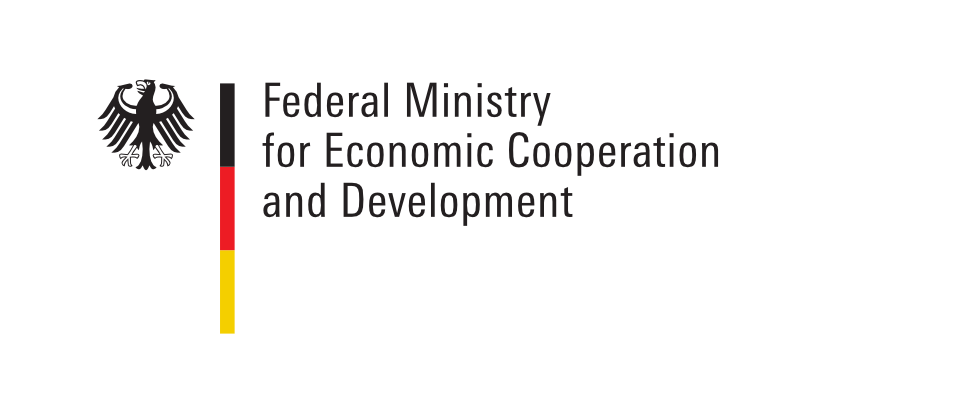- DE |
- EN
Financing the Urban Transition
2016 - Policymakers' Summary
Author:
Nick Godfrey and Xiao Zhao
Publisher:
The New Climate Economy
Description:

This New Climate Economy Working Paper was written as a supporting document for the 2016 report of the Global Commission on the Economy and Climate, The Sustainable Infrastructure Imperative: Financing for Better Growth and Development.
The expected future growth in population, economic output, energy consumption and carbon emissions will be predominantly in emerging and developing countries, led by urban areas in China, India, south east Asia and sub-Saharan Africa. Asia and Africa now account for 90% of the world’s rural population, but by 2050 around 6 in 10 people in Asia (64%) and Africa (56%) will live in cities.9 Most advanced economies and some emerging countries in Latin America are already highly urbanised: their contributions to urban growth are expected to be relatively modest.
Cities are all about efficiency. It’s why they are there in the first place: to allow the effects of agglomeration, enable efficient access to goods and services, and encourage the spread of ideas. However, in many countries, new and expanding cities are based on a sprawling, car-dependent, resource-intensive model of urban development. This is not only an extremely inefficient model of urban development, but it is also highly carbon intensive.
Categories:
Region:
Language:
English
Page count:
32
Copyright:
The New Climate Economy
Latest publications
Together for a cleaner city: improvements in waste management
2025 - The partnership between Dabola (Guinea) and Dortmund (Germany)
Action planning for sustainability reporting
2025 - Documentation of the Connective Cities dialogue event from 2 to 4 December 2024 in Berlin




